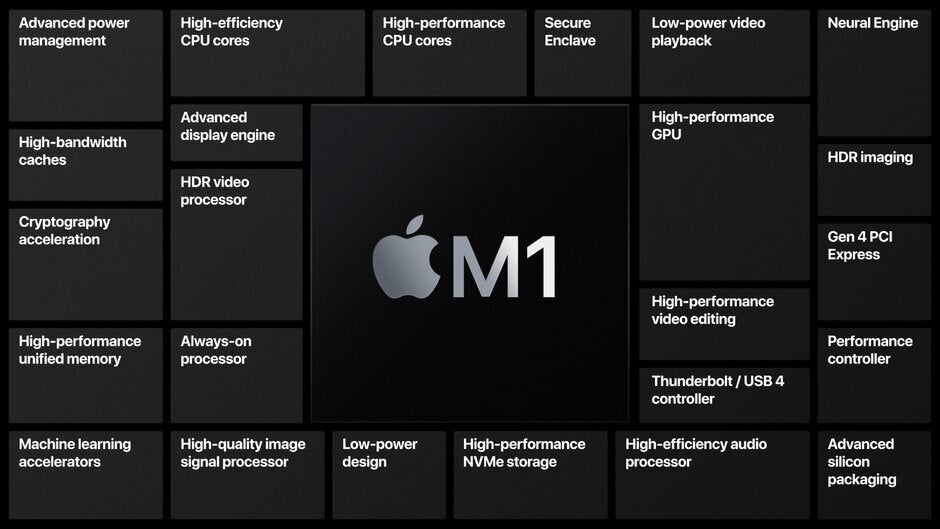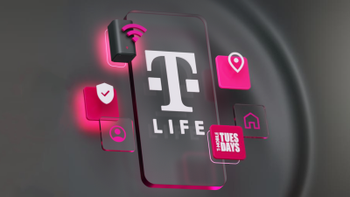Hidden code in iOS 14.5 beta reveals a powerful, energy-efficient chip for upcoming iPad Pro slates

Apple today released iOS 14.5 beta 5 for developers and public beta members. The new beta releases of iOS 14.5 refer to a GPU from a chip called "13G" which is not currently powering any iOS device currently available. According to 9to5Mac, the chip being referenced is the A14X. This is a variant of the A14 Bionic that is used by the iPhone 12 Series and the iPad Air (2020).
Hidden code in iOS 14.5 Developer Beta 5 reveals powerful A14X chipset for the new iPad Pro models
Apple is reportedly about to introduce two new updated iPad Pro tablets that will most likely be powered by the A14X. And a recent report by Bloomberg called for the latest version of Apple's premium slates to include "an updated processor that is on par with the faster M1 chip." The M1 is the chip designed by Apple to replace Intel processors on some versions of the Mac. Produced by TSMC using its 5nm process, the transistor count is 16 billion making the M1 a powerful chipset. By comparison, the A13 Bionic used on the iPhone 11 series and the A14 Bionic used on the iPhone 12 Series have 8.5 billion and 11.8 billion transistors respectively. 9to5Mac says that its own research discovered that the A14X is based on T8103, a code for the Apple M1 chip. It also discovered that the codenames for the new iPadPro models are J517, J518, J522, and J523.

The A14X SoC for the upcoming iPad Pro models are said to be as powerful as Apple's M1 chipset
The new iPad Pro models could be introduced shortly. A rumor that the tablets would be unveiled today was correctly shot down by analyst Ming Chi-Kuo and most analysts are now looking for an introduction next month of a 11-inch and a 12.9-inch iPad Pro. At least one of the models could feature a mini-LED display, and there is a good possibility that the new iPad Pro units will support both sub-6GHz and mmWave 5G signals.
The use of a powerful A14X chipset in line with the M1 comes after Apple released the 2020 iPad Pro models last March with the A12Z Bionic. This was a rather underwhelming move on Apple's part as the only difference between the A12 Bionic and the A12Z Bionic is that the latter has an additional GPU core. If Bloomberg is right about the A14X being close to the M1 in terms of performance, the iPad Pro will be closer to giving users a computer-like experience. The new iPad Pro models are also expected to include Thunderbolt and a better camera system.
Apple saw iPad sales perk up sharply during its fiscal first quarter earnings report(October through December), the latest such report released by the tech giant. Revenue for the iPad during the three month period jumped a healthy 41% on an annual basis from $5.98 billion to $8.44 billion. Wall Street expected $7.46 billion in tablet sales. The pandemic has been paramount in hiking demand for the device. Men and women working from home have been using tablets as have children participating in distance learning. And when school is over for the day and the kids have completed their homework (all work is really homework when distance learning), the tablet becomes an entertainment center with the kids able to play games, stream movies, visit friends online, and more. After years of flat and declining tablet shipments, the device has turned a corner although there still are many questions about whether this turnaround can be sustained.
It will be interesting to see, if indeed Apple does includes a chip on par with the M1 for the iPad Pro, how far down the iPad line Apple uses such a powerful and energy-efficient component. Will it be found only under the hood of the iPad Pro line or will Apple extend it to the next iPad Air model? After all, the iPad Air (2020) was the first Apple device unveiled with a chip made using TSMC's 5nm process node beating out the iPhone 12 series.
Follow us on Google News













Things that are NOT allowed:
To help keep our community safe and free from spam, we apply temporary limits to newly created accounts: